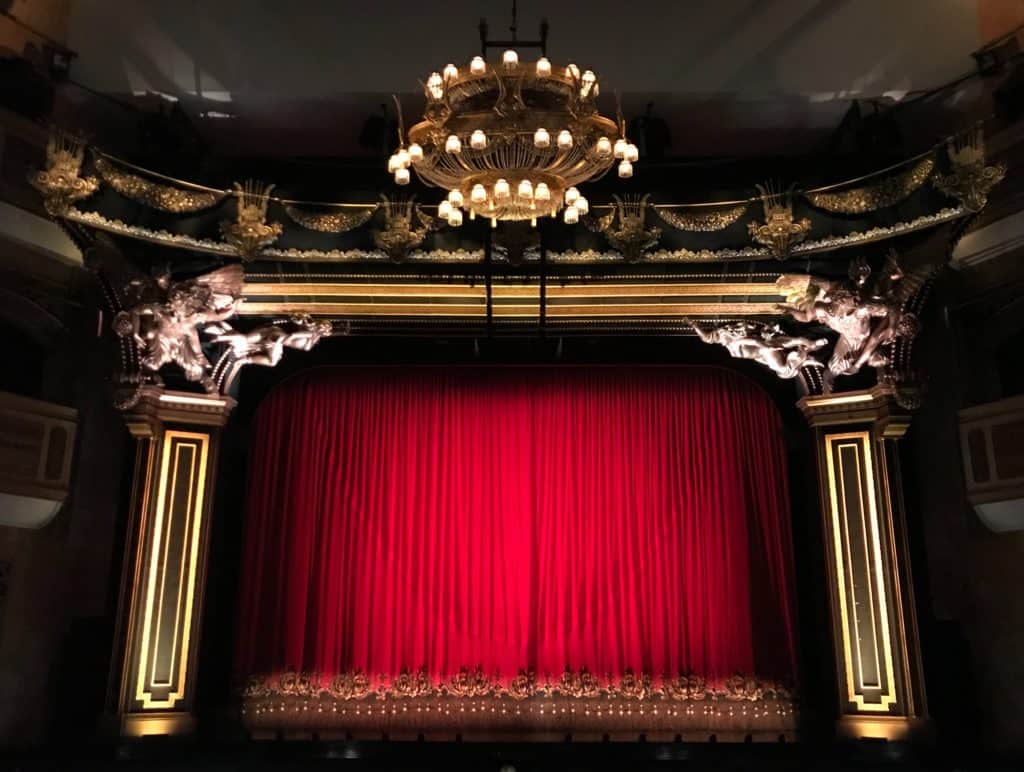Make your meetings more effective with a modified story spine
You facilitated an amazing meeting. The job is done, right? Not so fast…
The idiom “if a tree falls in a forest and no one is around to hear it, does it make a sound?” is a philosophical thought experiment that raises questions regarding observation and perception. When speaking about meeting culture, we like to remix that line: “If an awesome meeting occurred and nobody else at the company knows about it, did it actually happen?” In most cases, the answer is no. A magical meeting leads to some kind of new progress and change, and those not in attendance need to be brought up to speed somehow.
Not everyone can (or should!) attend your meeting, so how do you inform those who were not in attendance about the progress that was made? Enter the Magical Meetings Story Spine.
The Magical Meetings Story Spine
After your meeting, you need to share a narrative for others to understand the meeting’s effectiveness as well as its outcomes. This way, you can keep up momentum and avoid project slumps. At the heart of an amazing narrative is the story spine.
The story spine is a technique from improvisational theater created by playwright Kenn Adams, author of How to Improvise a Full-Length Play: The Art of Spontaneous Theater. It was popularized for storytelling by Pixar Story Artist Emma Coats’ after her Twitter series Pixar’s 22 Rules of Storytelling.

The story spine follows a very structured formula so you can focus on the details. It is a madlib design that can help anyone tell a better story. Think of each step as a sentence starter to help you rough out your story.
We love the idea of a user-friendly Madlib template that you can use to tell a powerful story, but the original story spine isn’t quite specific enough for magical meetings. Fortunately, we have remixed it a bit. We call it the Magical Meeting Story Spine:
Before our meeting, there was [ a problem or opportunity ].
So, we had a meeting/workshop to [ drive an outcome for that problem or opportunity ].
As a team we, [ did these activities ].
Because of that, we made [ these decisions ].
Because of that, we now have [ this potential ].
If you want to look over our work, you can review our artifacts [ in this archive ].
Moving forward, we are focused on [ this momentum ].
If you have questions or concerns, you can contact [ the decider or facilitator ].
Use this magical meeting story template as the starting point for sharing the purpose, outcomes, and next steps that are now in motion thanks to your meeting. Make it easy and engaging to consume
The following sections will help you fill in the brackets with confidence.
Curate The Highlight Reel
If you’re running a magical meeting, you are capturing the room intelligence of any decisions that were made by the group in real-time. This could be on a whiteboard or a digital design board tool like MURAL. The output of your meeting needs to be highly visual. If you did good work in the meeting, you will have something to show for it.
It is now time to make your highlight reel of the meeting, much like ESPN. The rest of your team or company doesn’t have time to watch a full replay of the meeting, but you can curate the key moments worth highlighting. Show them the touchdowns, a few of the amazing plays, and the final score breakdown. This is essential for creating a shared language across your organization so that you don’t lose momentum.

Make a short recap video that highlights the moments you are proud of as the facilitator. What visuals did the team create that best summarizes the amazing work that was done in the meeting? Capture them with your smartphone or screen recording tool of choice (we love Loom).
Make compelling media of what you captured. In the video, you can demonstrate the artifacts that were created and explain why they matter.
This video should especially speak to these sections of the Magical Meetings Story Spine:
As a team we, [ did these activities ].
Because of that, [ we have made these decisions ].
Explain how these decisions were made and the key commitments moving forward. Show rather than tell. Don’t make your highlight reel just an email with bullet points that no one will read. Make it visual and have fun with it.
Share Your Highlights Archive
Next we’ll be taking a look at this section of the Magical Meetings Story Spine:
If you want to look over our work you can review our artifacts [here].
In all of your meeting follow-ups, you need to link out to the documentation of the meeting’s key artifacts. If you don’t have any artifacts to show, you didn’t have a magical meeting.
We have found that if you are consistent in sharing the artifacts from meetings, you can help alleviate one of the biggest problems in meeting culture: people attending meetings because of FOMO (fear of missing out) rather than because they have something to contribute. Once outsiders are able to easily appreciate and access the work that was done in the meeting, they can feel less stressed out about not being involved in every meeting.

Even with in-person meetings, we like to incorporate digital tools that will provide these artifacts as activities are completed. You can work with analog tools and materials, but digitize the main artifacts and findings inside of a digital whiteboard or drive. This is important because the physical room you are in will likely need to be cleaned out immediately after your meeting.
If you’re digitizing analog work, be sure to make sense of them in some kind of meaningful layout or design. The idea is that you are archiving your meeting room, allowing all participants and others who the work is shared with to remember, share, and/or experience the magical work that was done. Handfuls of pictures of random sticky notes do not tell a story.
With this, you can build a magical meeting archive. With an ongoing archive of digital meeting boards, you can empower other meeting-holders to share the work that was done in their meetings asynchronously. These interactive design boards not only tell the story of the great work done in the meeting, but they also showcase a visual for what a magical meeting looks like. It helps remind others that a solid meeting is much more than just an agenda or a list of talking points.
As a facilitator, the Magical Meeting Story Spine not only helps clue in stakeholders to what was done in the meeting, it empowers all of your participants to become guardians of change within the company. Begin building a library of artifacts that have a positive, compounding effect on your meeting culture.

Want to learn more about how to have Magical Meetings?
Check out Douglas Ferguson and John Fitch’s upcoming book, The Non-Obvious Guide to Magical Meetings (No Matter Who is in the Room).


